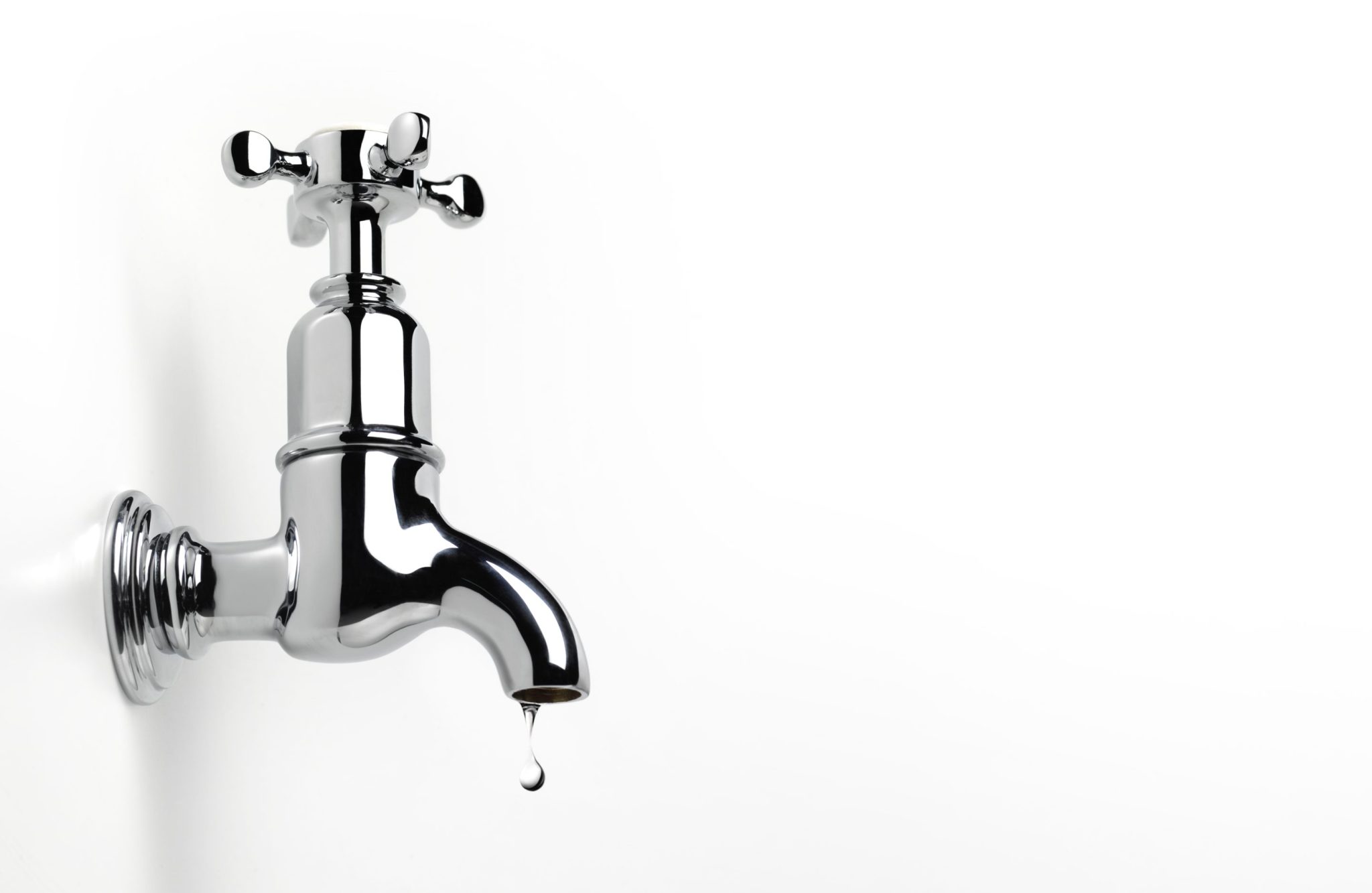The coming $80 trillion-plus great wealth transfer could see an unprecedented amount of wealth transferred from flush baby boomers to their Gen X and millennial heirs over the next few decades. The inheritance process will be a life-changing event for many—but it is also one that comes with considerations that families don’t anticipate. That’s why one money manager says it’s a good idea to borrow strategies from the ultra-wealthy, who put considerable time and thought into the inheritance process.
Dawn Jinsky, a certified financial planner with Plante Moran Wealth Management, says there are two main ways to frame an inheritance: As a firehose or a faucet. As the names suggest, a firehouse means the benefactor comes into a ton of money all at once, while the latter is when assets “drip” to heirs periodically over the course of many years.
The ultra-wealthy by far prefer to structure inheritances as a faucet—and there’s a lesson in that for those with more realistic bank accounts, says Jinsky.
“The firehose is, ‘here you go, you’ve never had more than $200 in your savings, now you have $10 million.’ What are you going to do?” says Jinsky. “A faucet approach is, we turn it on a little bit, then we drip. Give $100,000 a year, then when they reach a certain age, we increase it…They will make some mistakes, but at least they’ll do that on the front end, not the back end with the more significant amount.”
In practice, this might mean that assets are placed in a trust that only disburses a certain percentage each year so that the heirs can’t spend it all right away, helping to protect the wealth from the “mistakes” Jinsky mentioned.
The faucet design offers other benefits beyond ensuring heirs don’t squander a windfall at once. One is that, in the event of an heir’s possible divorce or creditors coming after their assets, there will be fewer that can be taken. Another major benefit: Tax planning. Divvying asset distribution over multiple years can help heirs manage their tax bill more effectively.
Have the conversation
For those wanting to set up a faucet arrangement, a trust can be most efficient—but it may not be practical given that may involves expensive legal or banking fees. Fortunately, there are alternatives. For more simple estates—say, a woman dividing her home and retirement account up between two children—named beneficiaries and a will is sufficient, says Jinsky. But for…
Click Here to Read the Full Original Article at Fortune | FORTUNE…


